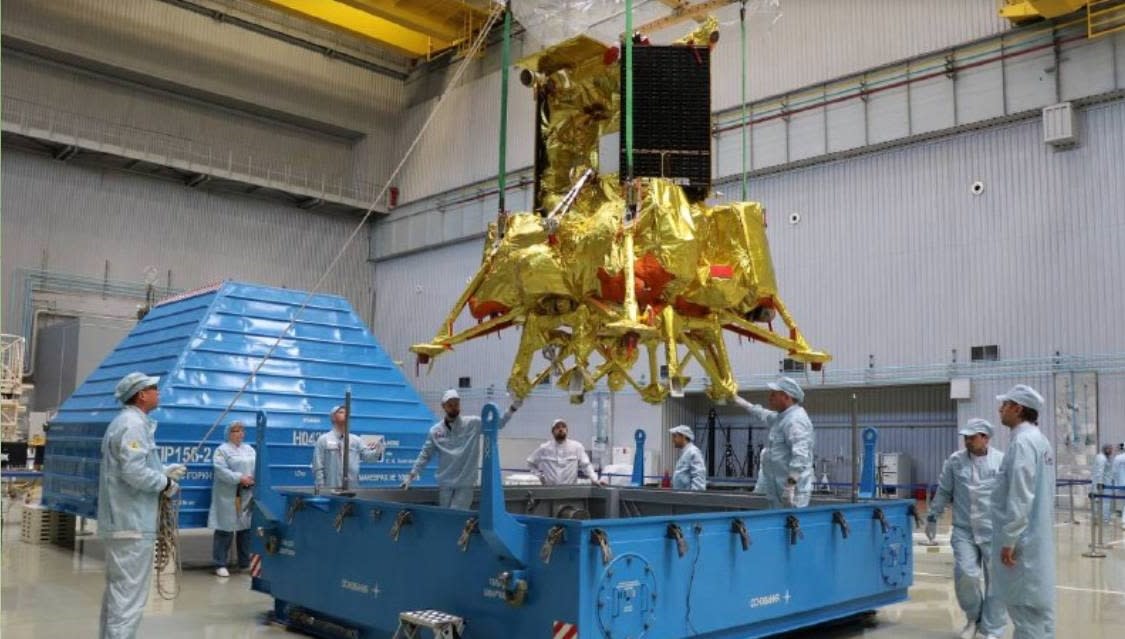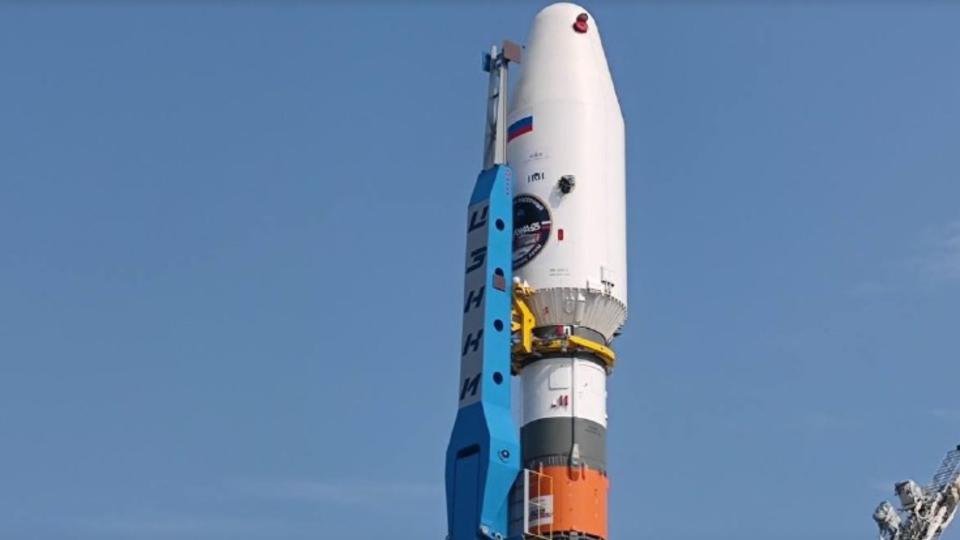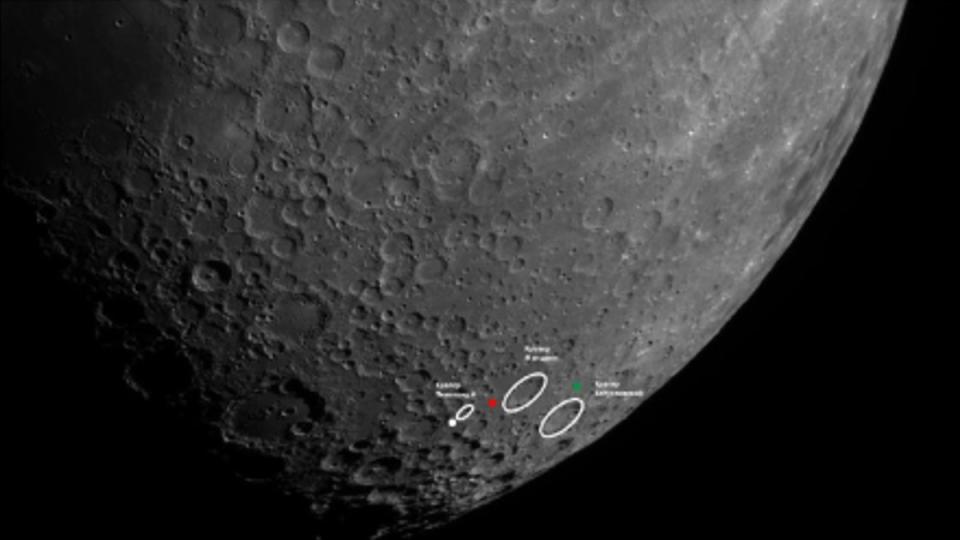Russia will launch Luna-25, its 1st moon mission since 1976, today and you can watch it live

Russia plans to launch its first moon mission in nearly half a century today (Aug. 10), and you can watch the historic event live.
The Luna 25 moon lander is scheduled to lift off atop a Soyuz rocket from Vostochny Cosmodrome in the Russian Far East today at 7:10 p.m. EDT (2310 GMT; 2:10 a.m. Aug. 11 Moscow time).
Russia hasn't sent a probe to the moon since 1976, when Luna 24's successful trip returned a sample of lunar dirt and rock back to Earth. And, at that time, Russia didn't even exist as a sovereign nation; it was part of the Soviet Union, which collapsed in the early 1990s.
You can watch today's launch live here at Space.com, courtesy of the Russian space agency Roscosmos, or directly via the agency's stream, which will likely be in the Russian language. Coverage will start at 6 p.m. EDT (2200 GMT; 1:00 a.m. Aug. 11 Moscow time).
Related: Not just Artemis: China and Russia plan to put boots on the moon, too

If all goes according to plan, tonight's liftoff will kick off Luna 25's roughly five-day journey to the moon. The probe will then spend five to seven days in lunar orbit before attempting a touchdown near the south pole, Reuters reported.
That timeline would place Luna 25's landing at about the same time as that of Chandrayaan 3, an Indian mission that launched on July 14 and arrived in lunar orbit on Sunday (Aug. 6). Chandrayaan 3 is scheduled to put a lander and rover down near the lunar south pole on Aug. 23. (To date, only three nations have successfully soft-landed a probe on the moon: the Soviet Union, the United States and China.)

This region of the moon is intriguing to exploration advocates because it's thought to possess large amounts of water ice, mostly on the permanently shadowed floors of craters. This resource could potentially support outposts on the moon, giving humanity its first-ever foothold in deep space.
Indeed, NASA aims to establish one or more bases near the lunar south pole by the end of the decade, via its Artemis program.
A big part of the Luna 25 mission involves demonstrating various technologies necessary for lunar exploration, as Russia plans to launch other moon efforts in the near future. But Luna 25 will also perform a variety of scientific work during its roughly yearlong surface mission.
For example, the lander "will use a scoop to take rock samples from a depth of up to 15 cm (6 inches) to test for the presence of frozen water that could support human life," Reuters wrote.

RELATED STORIES:
— Russia delays launch of Luna 25 moon lander until August
— India launches historic Chandrayaan-3 moon rover to land at the lunar south pole
— See Artemis 3 landing site near moon's south pole in stunning new NASA photos
Luna 25's launch has been delayed significantly; the mission was originally supposed to get off the ground in October 2021. Some mission details have changed in that time as well. For example, the European Space Agency (ESA) pulled its Pilot-D navigation camera off Luna 25 after Russia invaded Ukraine in February 2022.
Luna 25 will be Russia's first fully homegrown deep-space mission since November 2011, when the Phobos-Grunt sample-return probe launched toward Mars. Phobos-Grunt didn't make it very far, however; it got stuck in Earth orbit and eventually burned up in our planet's atmosphere. Roscosmos also partnered with ESA on the Schiaparelli Mars lander. That launched in March 2016 with the Trace Gas Orbiter but crashed during its Red Planet touchdown try.

